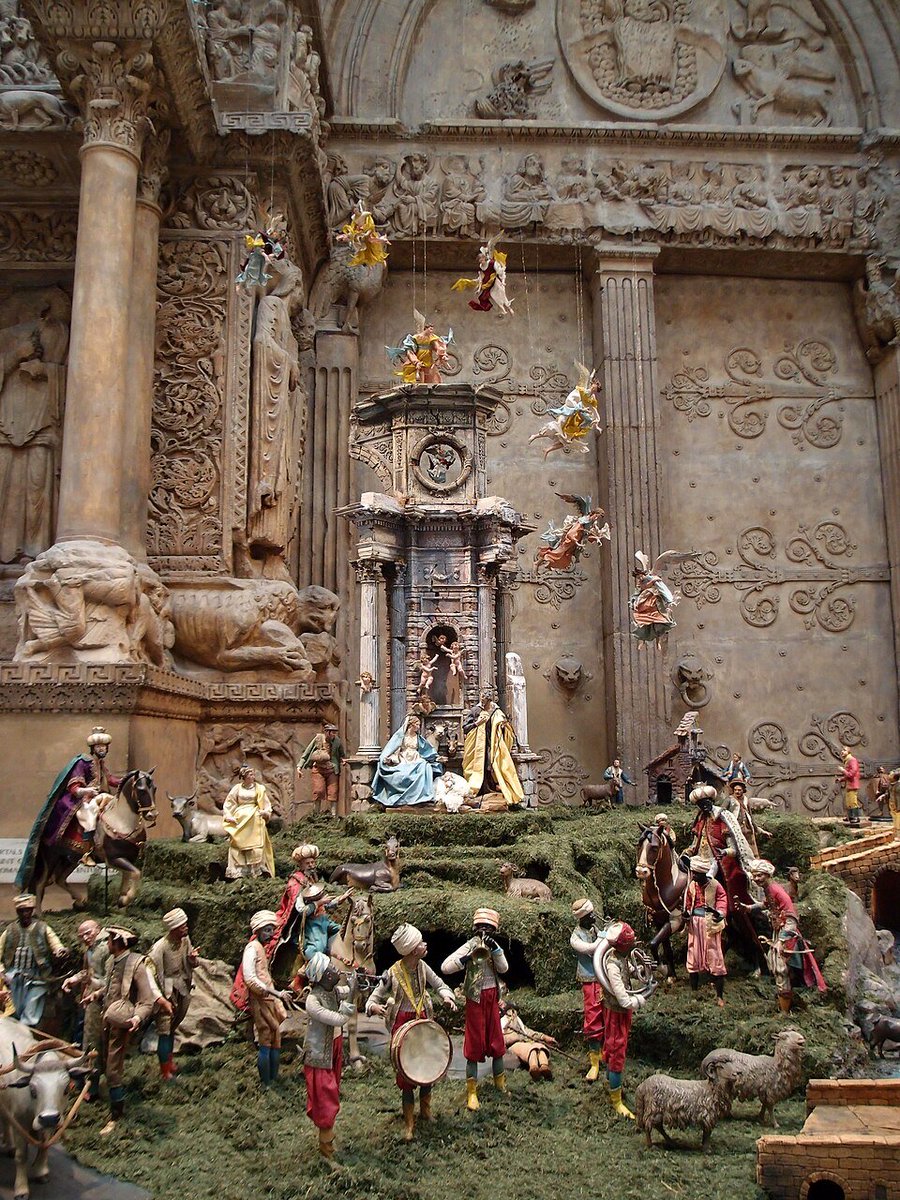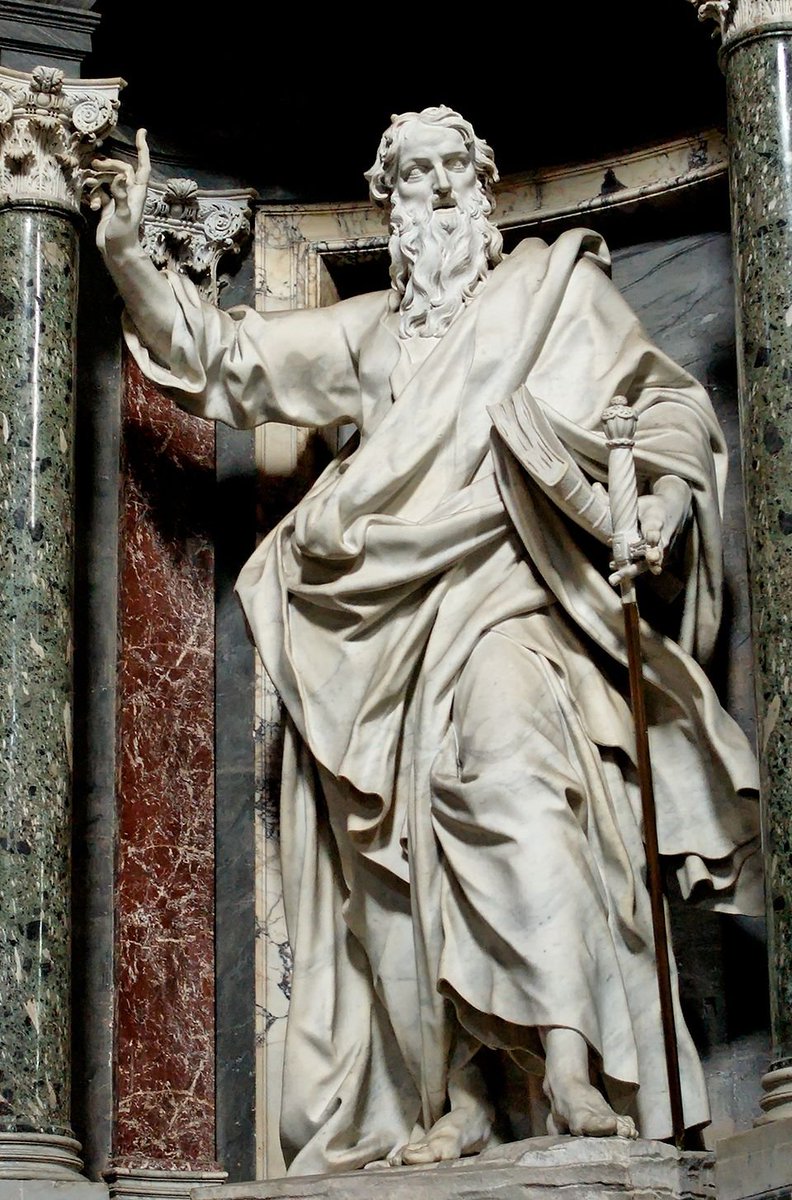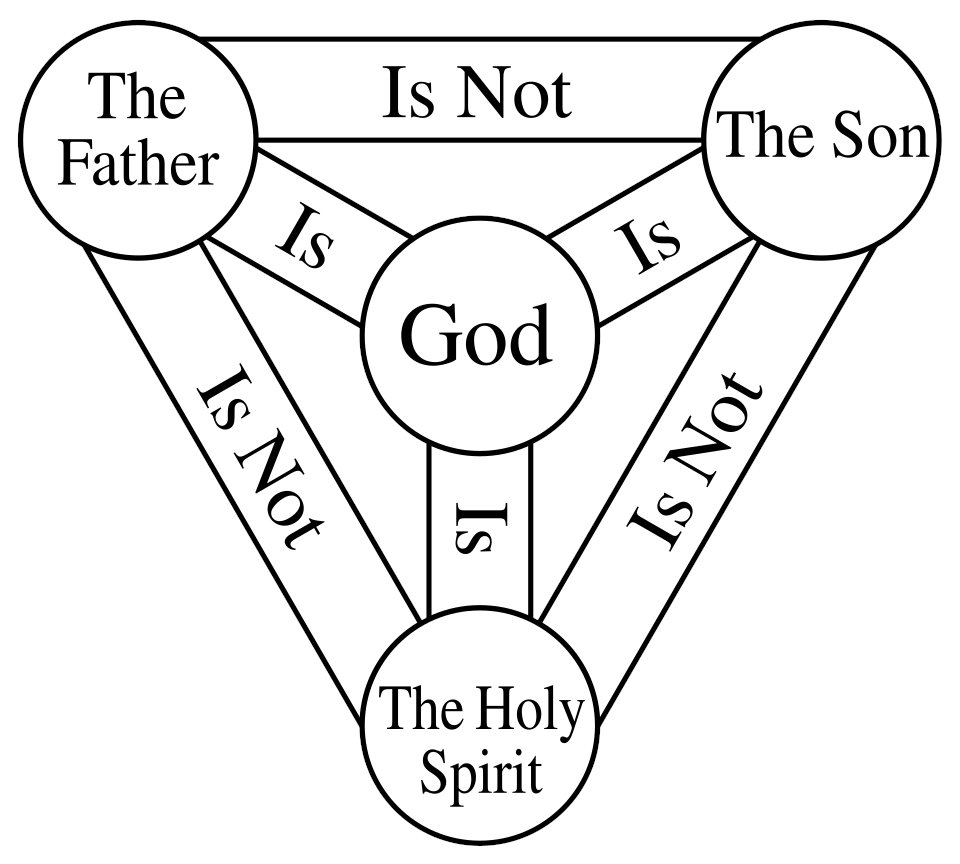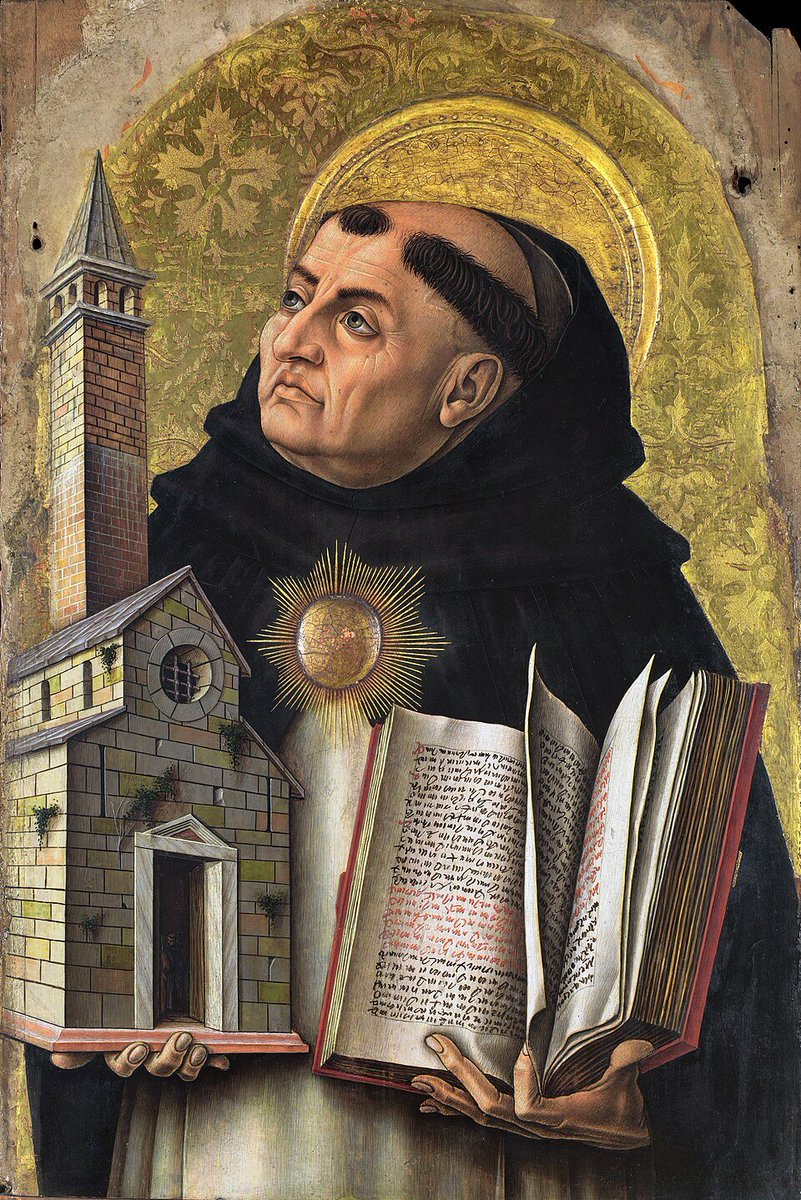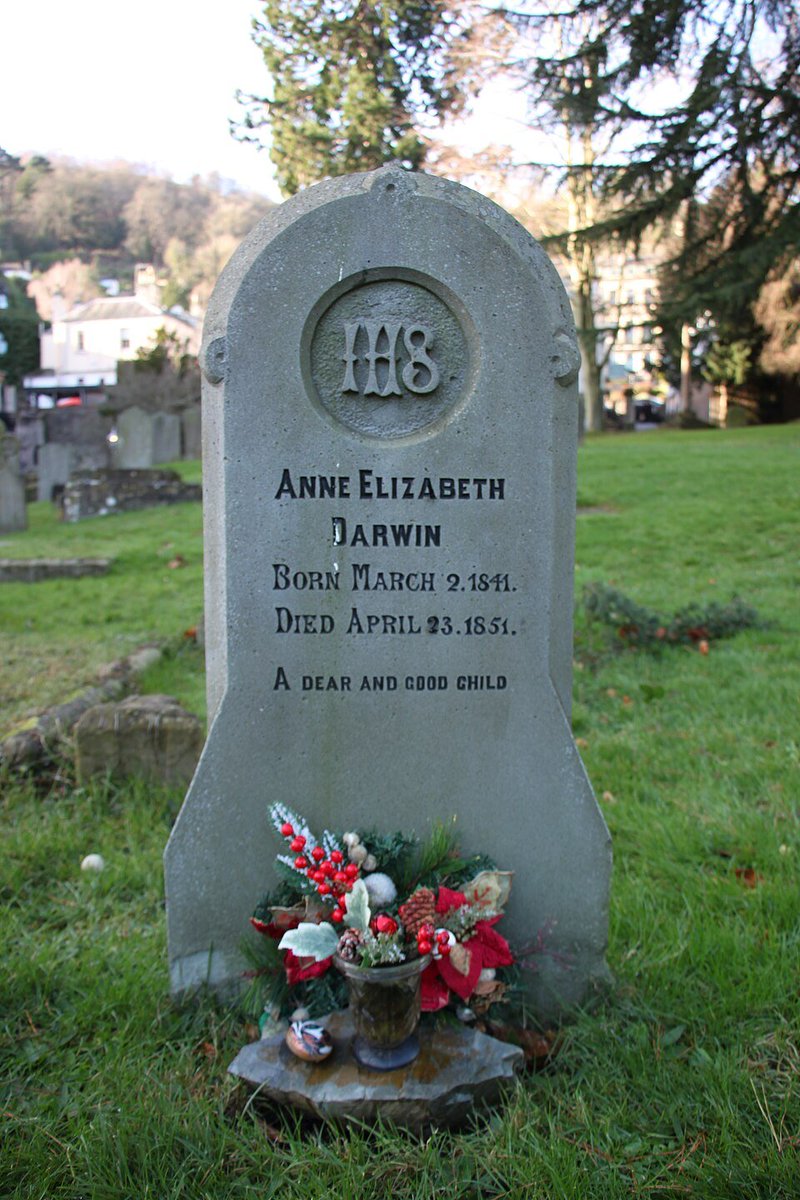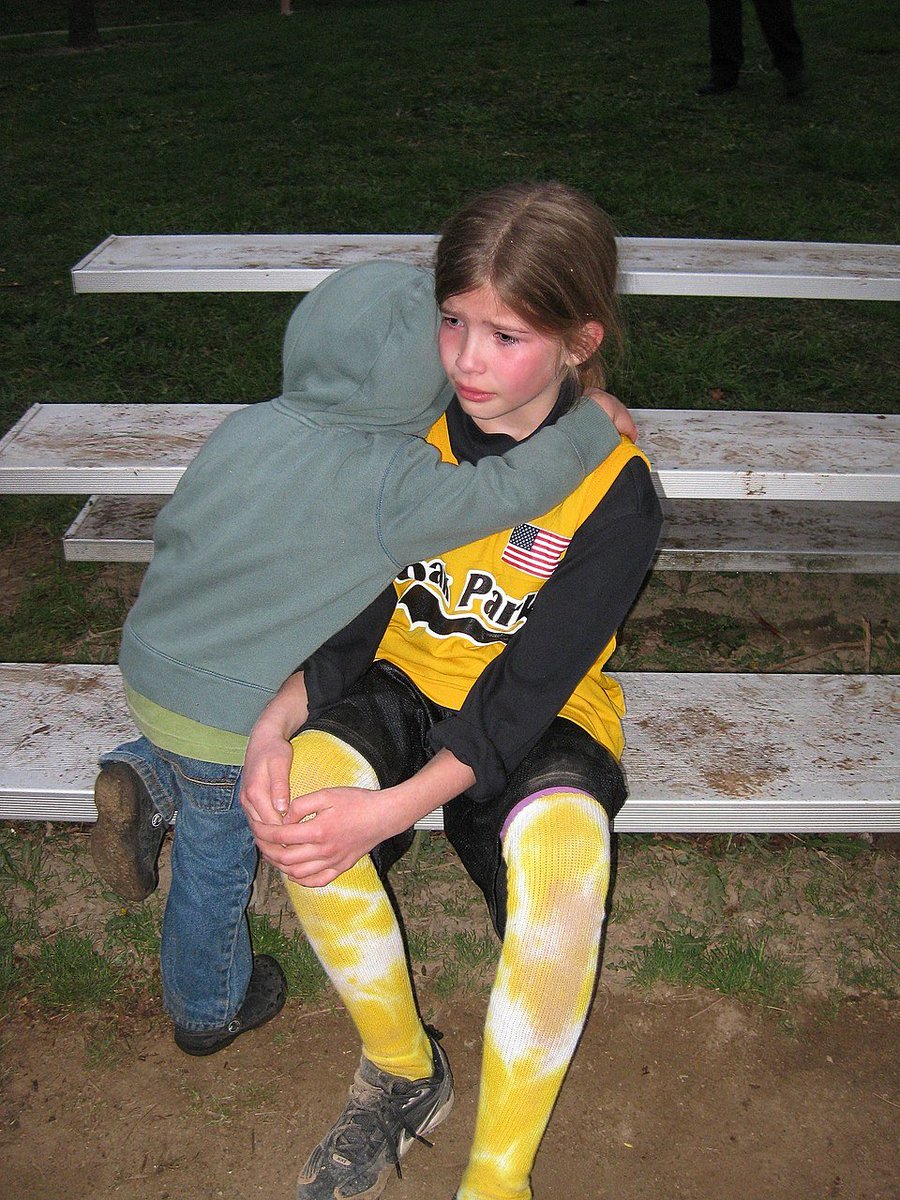Vienna was once the center of the world, a city where emperors ruled, artists thrived, and ideas that shaped the world were born.
Today, we explore its iconic places that have left an impeccable mark on its history. 🧵
Today, we explore its iconic places that have left an impeccable mark on its history. 🧵

1. Vienna State Opera (1869)
Its opening night featured a performance of Don Giovanni by Mozart, marking the opera house as a global cultural institution from day one.
Its opening night featured a performance of Don Giovanni by Mozart, marking the opera house as a global cultural institution from day one.

2. Schönbrunn Palace (1743)
Napoleon used the palace as his headquarters during the occupation of Vienna in 1805 and 1809, solidifying its place in European history.
Napoleon used the palace as his headquarters during the occupation of Vienna in 1805 and 1809, solidifying its place in European history.

3: St. Stephen's Cathedral (1137)
In 1945, the cathedral’s roof was severely damaged by fire during World War II, but it was meticulously restored.
In 1945, the cathedral’s roof was severely damaged by fire during World War II, but it was meticulously restored.

4. Belvedere Palace (1723)
The palace hosted the signing of the Austrian State Treaty in 1955, marking Austria’s regained independence after World War II.
The palace hosted the signing of the Austrian State Treaty in 1955, marking Austria’s regained independence after World War II.
5. The Hofburg (1279)
It served as the imperial residence of the powerful Habsburg dynasty for over 600 years.
It served as the imperial residence of the powerful Habsburg dynasty for over 600 years.

6. Kunsthistorisches Museum (1891)
The museum was inaugurated by Emperor Franz Joseph I and has since housed one of the most extensive art collections in the world.
The museum was inaugurated by Emperor Franz Joseph I and has since housed one of the most extensive art collections in the world.

7. Karlskirche (1737)
Built to celebrate the end of the plague epidemic, it remains a powerful symbol of faith and resilience in Vienna’s history.
Built to celebrate the end of the plague epidemic, it remains a powerful symbol of faith and resilience in Vienna’s history.

If you're loving this thread on Vienna, why not subscribe to my free newsletter? Get exclusive deep dives into hidden gems, history, and culture you won’t find anywhere else.
thecultureexplorer.beehiiv.com/subscribe
thecultureexplorer.beehiiv.com/subscribe
8. Justizpalast (1881)
The palace gained historical significance during the 1927 July Revolt when it was set on fire by protestors, marking a pivotal moment in Austria’s political history.
The palace gained historical significance during the 1927 July Revolt when it was set on fire by protestors, marking a pivotal moment in Austria’s political history.

9. Albertina Museum (1744)
During World War II, the museum safeguarded priceless artworks by wrapping them in protective materials and storing them underground.
During World War II, the museum safeguarded priceless artworks by wrapping them in protective materials and storing them underground.
10. Hundertwasserhaus (1985)
The unique architectural design by Friedensreich Hundertwasser challenged traditional city planning, making it a landmark of modern creativity.
The unique architectural design by Friedensreich Hundertwasser challenged traditional city planning, making it a landmark of modern creativity.

11. Volksgarten (1823)
It was created over the ruins of city fortifications destroyed by Napoleon, transforming destruction into beauty and public leisure.
It was created over the ruins of city fortifications destroyed by Napoleon, transforming destruction into beauty and public leisure.

12. Graben and Kohlmarkt (14th century)
These streets were historically part of Vienna’s medieval fortifications and later transformed into the city’s most luxurious shopping districts.
These streets were historically part of Vienna’s medieval fortifications and later transformed into the city’s most luxurious shopping districts.

13. Café Central (1876)
A legendary meeting spot for intellectuals, it was frequented by figures like Sigmund Freud and Leon Trotsky, making it a hub of revolutionary ideas and literary discussions.
A legendary meeting spot for intellectuals, it was frequented by figures like Sigmund Freud and Leon Trotsky, making it a hub of revolutionary ideas and literary discussions.

14. MuseumQuartier (1713, modernized 2001)
Once imperial stables, the space was transformed into a contemporary cultural hub, blending history with modern art and entertainment.
Once imperial stables, the space was transformed into a contemporary cultural hub, blending history with modern art and entertainment.

15. Vienna City Hall (1883)
The Rathaus became a focal point of political and social change, hosting major events such as the proclamation of the First Austrian Republic in 1918.
The Rathaus became a focal point of political and social change, hosting major events such as the proclamation of the First Austrian Republic in 1918.

How many of these stunning locations have you visited?
Any that should be added to this list?
Any that should be added to this list?
• • •
Missing some Tweet in this thread? You can try to
force a refresh





